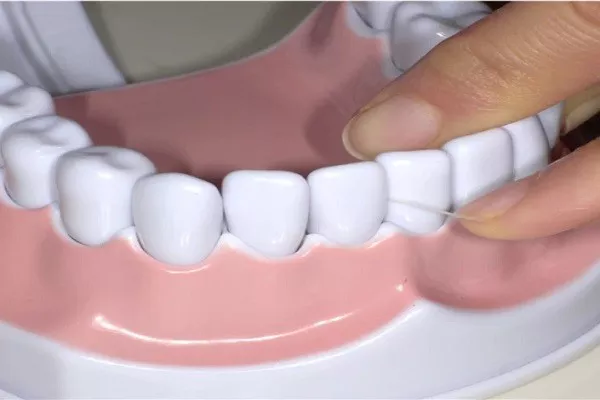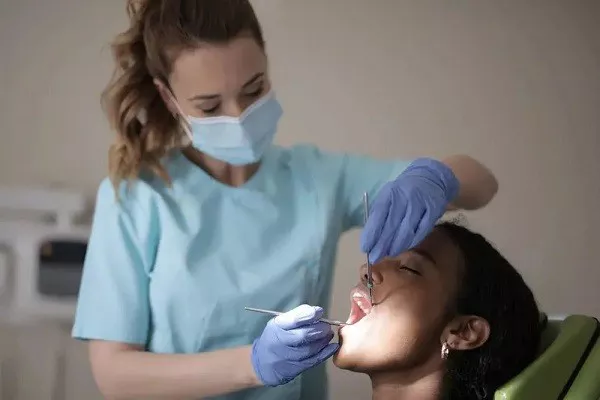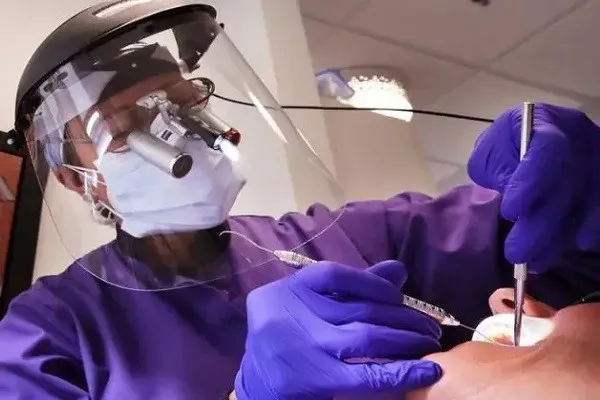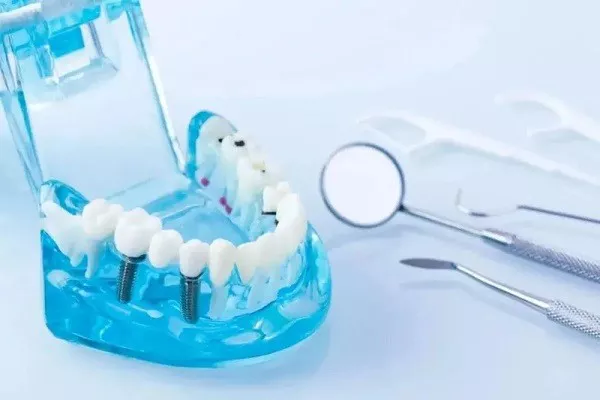Dental hygiene is a vital aspect of overall health, and routine dental cleanings are recommended to maintain healthy teeth and gums. However, some individuals may have concerns about the possibility of infection following a deep dental cleaning, also known as scaling and root planing. In this article, we will explore whether deep cleaning can cause infection and what factors you should consider.
Understanding Deep Dental Cleaning
A deep dental cleaning, or scaling and root planing, is a comprehensive dental procedure performed to address gum disease (periodontal disease) or significant plaque and tartar buildup. The procedure involves:
Scaling: The removal of plaque and tartar from the surfaces of teeth, both above and below the gumline, using specialized instruments.
Root Planing: Smoothing the rough areas on the tooth roots to prevent the reattachment of bacteria and promote gum tissue healing.
Risk of Infection
While deep cleaning is a standard and safe dental procedure, there is a minimal risk of infection associated with it. It’s essential to understand the factors that can contribute to this risk:
Pre-Existing Infection:
If you already have gum disease, there may be an existing infection in your gums. The deep cleaning procedure is intended to address this infection by removing bacteria and calculus. However, in rare cases, there is a possibility that bacteria could be pushed deeper into the gums during the cleaning, potentially leading to localized infection.
Proper Sterilization and Hygiene:
Infection risk can also be influenced by the hygiene practices of the dental office. It is crucial to choose a reputable dental provider that follows strict sterilization and infection control protocols to minimize any potential risks.
Post-Cleaning Care:
Proper post-cleaning care and maintenance are essential to reduce infection risks. Patients are typically provided with instructions on oral hygiene practices, including brushing, flossing, and using antimicrobial mouthwash, to prevent infection.
Prevention and Aftercare
To minimize the risk of infection following a deep dental cleaning, consider the following preventive measures:
Choose a Qualified Provider:
Select a reputable dental provider with a track record of safe and hygienic practices.
Follow Aftercare Instructions:
Adhere to the aftercare instructions provided by your dentist or dental hygienist. This includes maintaining excellent oral hygiene practices and attending follow-up appointments as recommended.
Maintain Regular Dental Cleanings:
Regular dental check-ups and cleanings can help prevent the progression of gum disease and reduce the likelihood of needing deep cleaning in the first place.
Conclusion
While the risk of infection following a deep dental cleaning is minimal, it is essential to be aware of potential factors that can contribute to this risk. By selecting a qualified dental provider, following aftercare instructions diligently, and maintaining good oral hygiene practices, you can minimize the chances of infection and ensure that your dental cleaning contributes to improved oral health and well-being. If you have concerns about infection or experience unusual symptoms after a deep cleaning, consult with your dentist promptly for evaluation and guidance.
Related Topics:






























